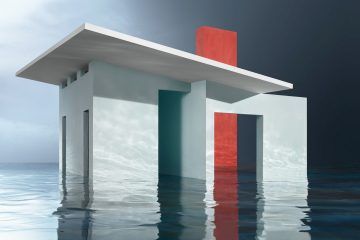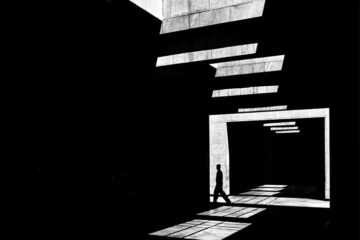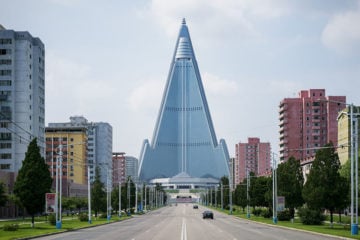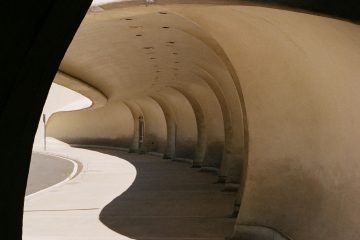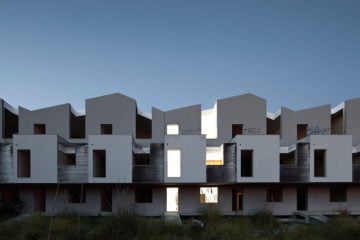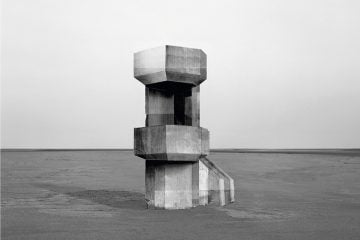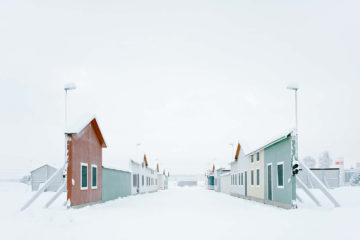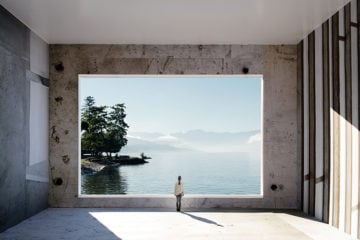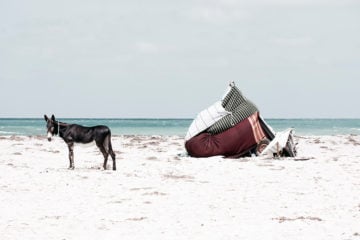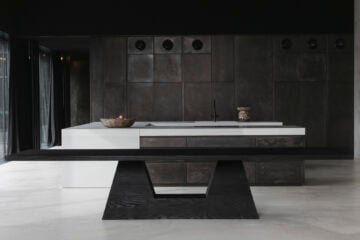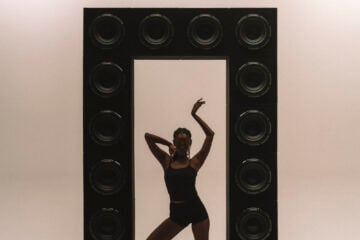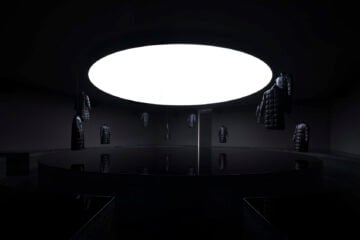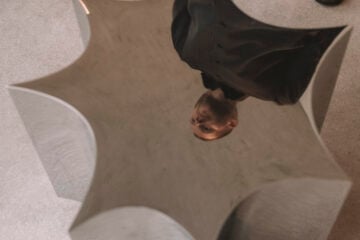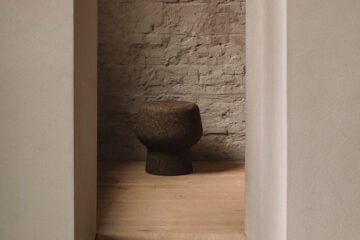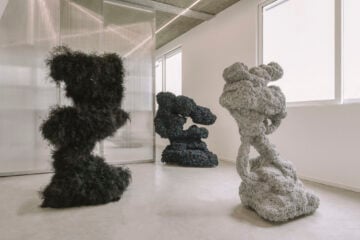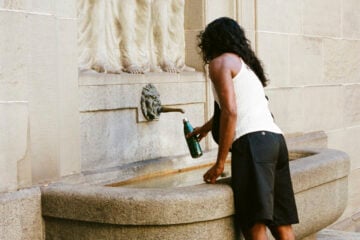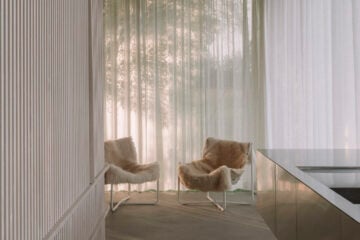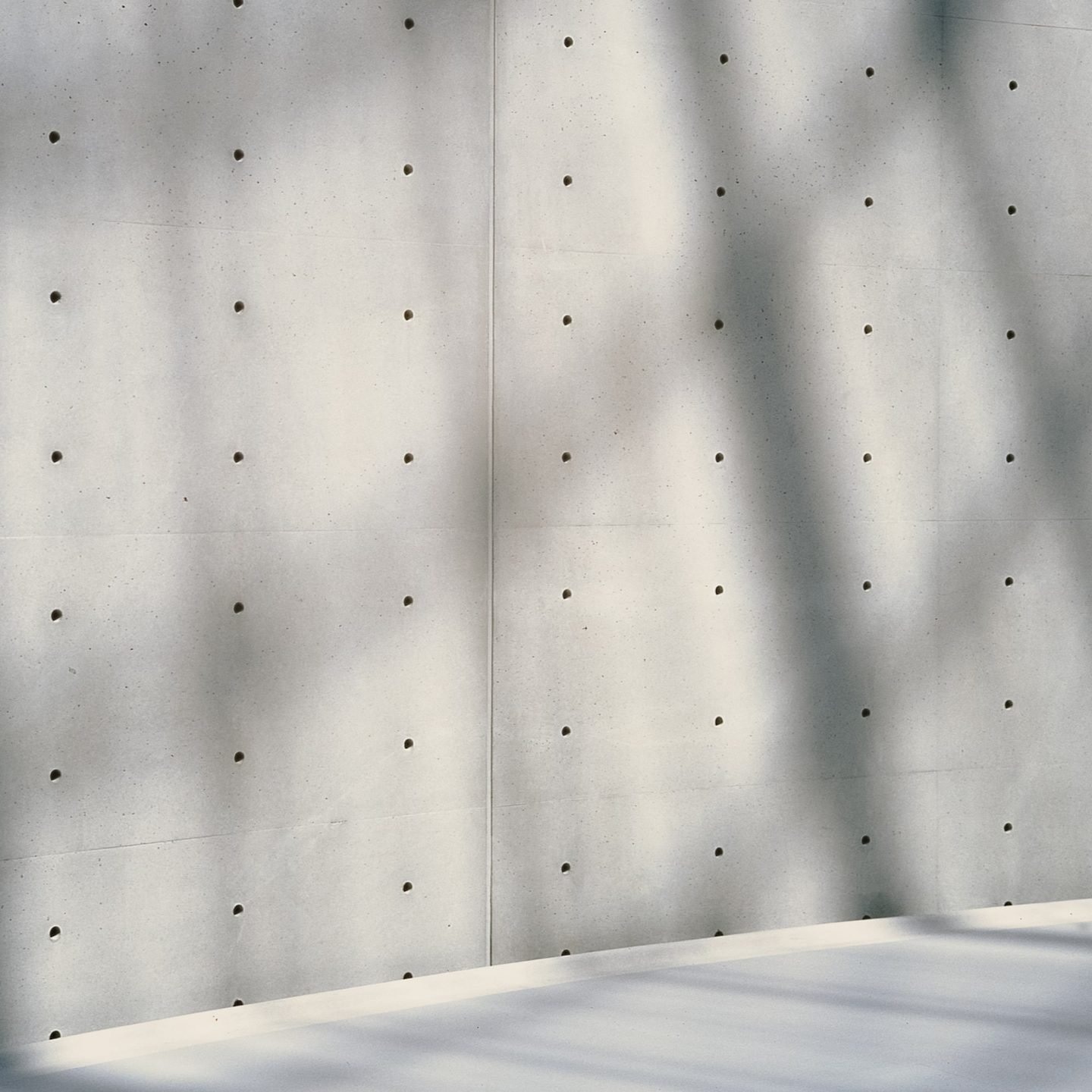
Capturing The Soul Of A Space: 20 Questions With Photographer Simone Bossi
- Name
- Simone Bossi
- Words
- Devid Gualandris
Italian photographer Simone Bossi charges his images with a unique emotive power rarely found in the universe of architectural photography. Carrying a certain intrigue that stokes the desire to experience space in its many facets, his minimalist imagery invokes an atmosphere of meditation that transcends time and place. IGNANT caught up with the creative to learn more about his technique, his motivation, and the way he sees the world.
Living between Paris and Milan, self-taught photographer Simone Bossi spends his time traveling across the world to explore new ways of seeing and feeling architecture, framing space fragments and capturing moments in time on film. His masterful use of light, attention to detail, and timeless approach have earned him a reputation as one of the industry’s most acclaimed architectural photographers—Bossi has worked with leading architects and artists from all around the world, with projects published in all major architecture websites and magazines.
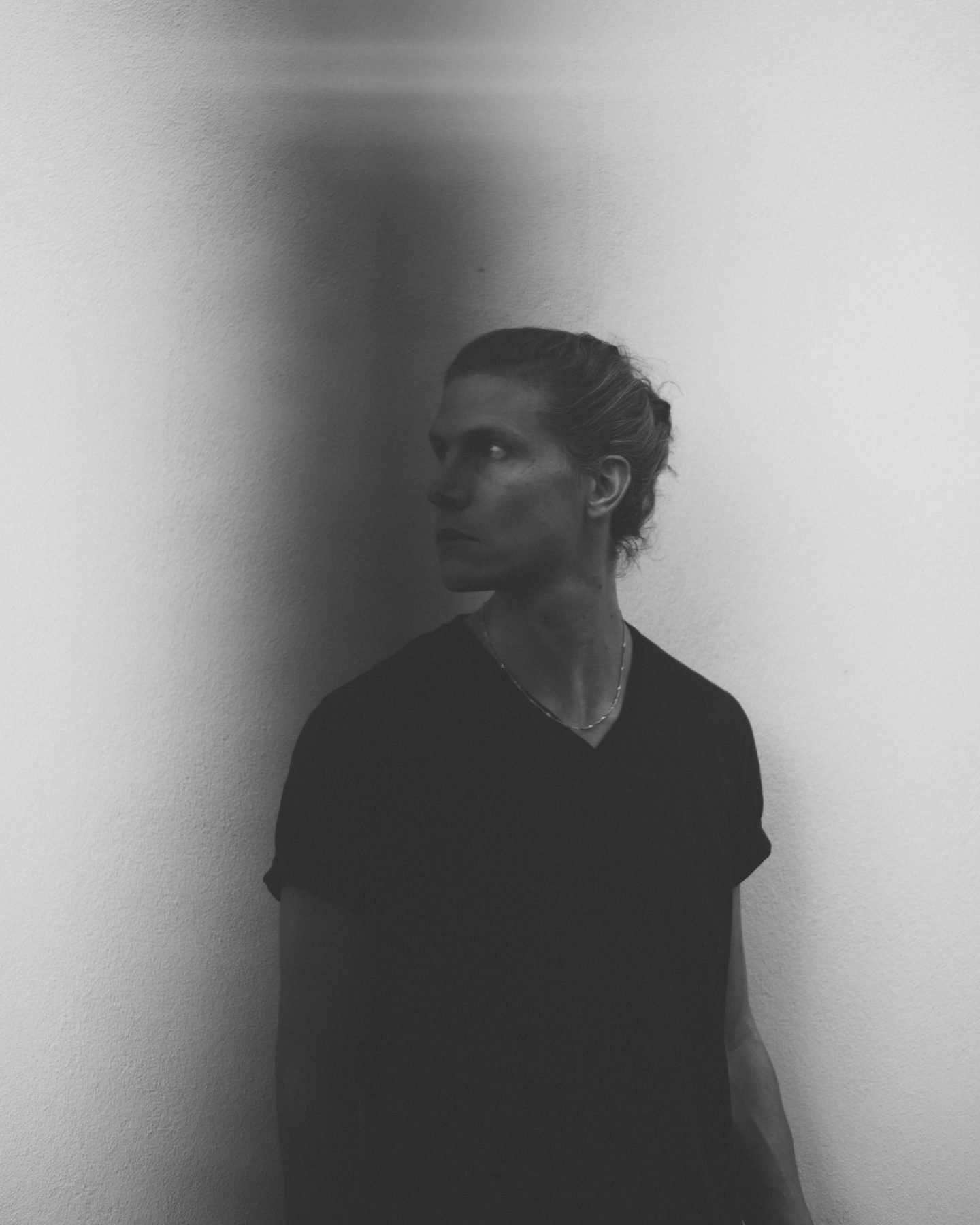
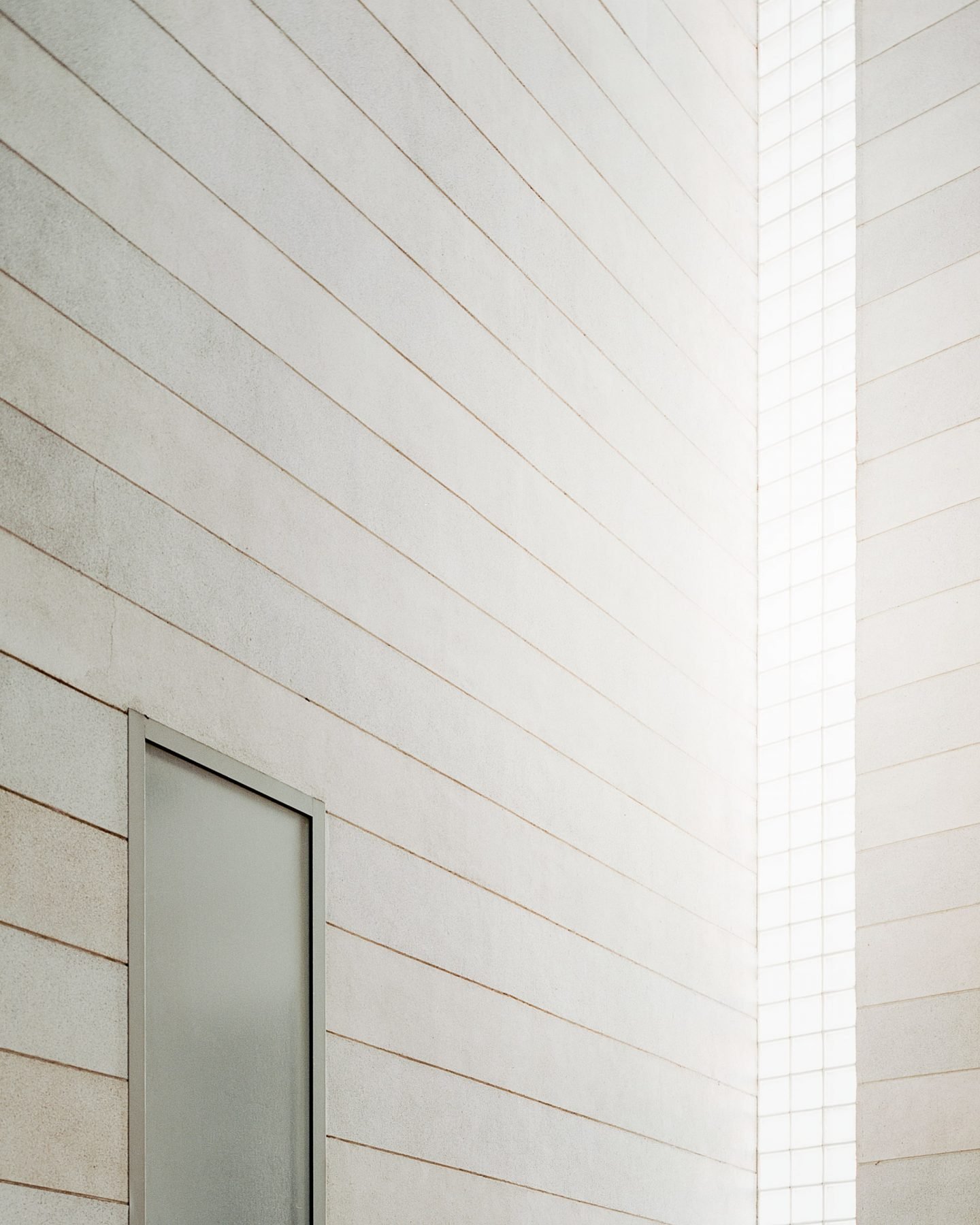
Initially trained as an architect, Bossi was drawn to the medium as a way of connecting to a space. For him, shooting is an artistic performance. Using his sensory acuity, critical eye, and excellent knowledge of color, the photographer creates his compelling works through a slow and rigorous process, something that takes patience and practice to perfect. The procedure forces him not only to slow down, step back, and contemplate, but also to cultivate a sense of wonder. Bossi is not interested in purely describing a project; he strives to reveal the soul of the structure and highlight the small features of a place that may otherwise remain unnoticed. Fascinated by light and shadow play, voids, and open, evolving scenarios, he often experiments with the idea of seriality to share a slower and deeper, more sensorial experience of architecture.
More than just a means for storytelling, photography is Bossi’s vehicle for reflecting upon subjective conditions of perception and imagination. Through the lens, he expresses the response to and feelings awakened by the forms that surround him, revealing his personal experience of the space and its endless interpretive possibilities. In this sense, the picture is merely a reaction; a moment filled with intrigue, carefully pulled from a particular time and space to leave its energies on the viewers, and prompt them to engage with their own emotions and senses.
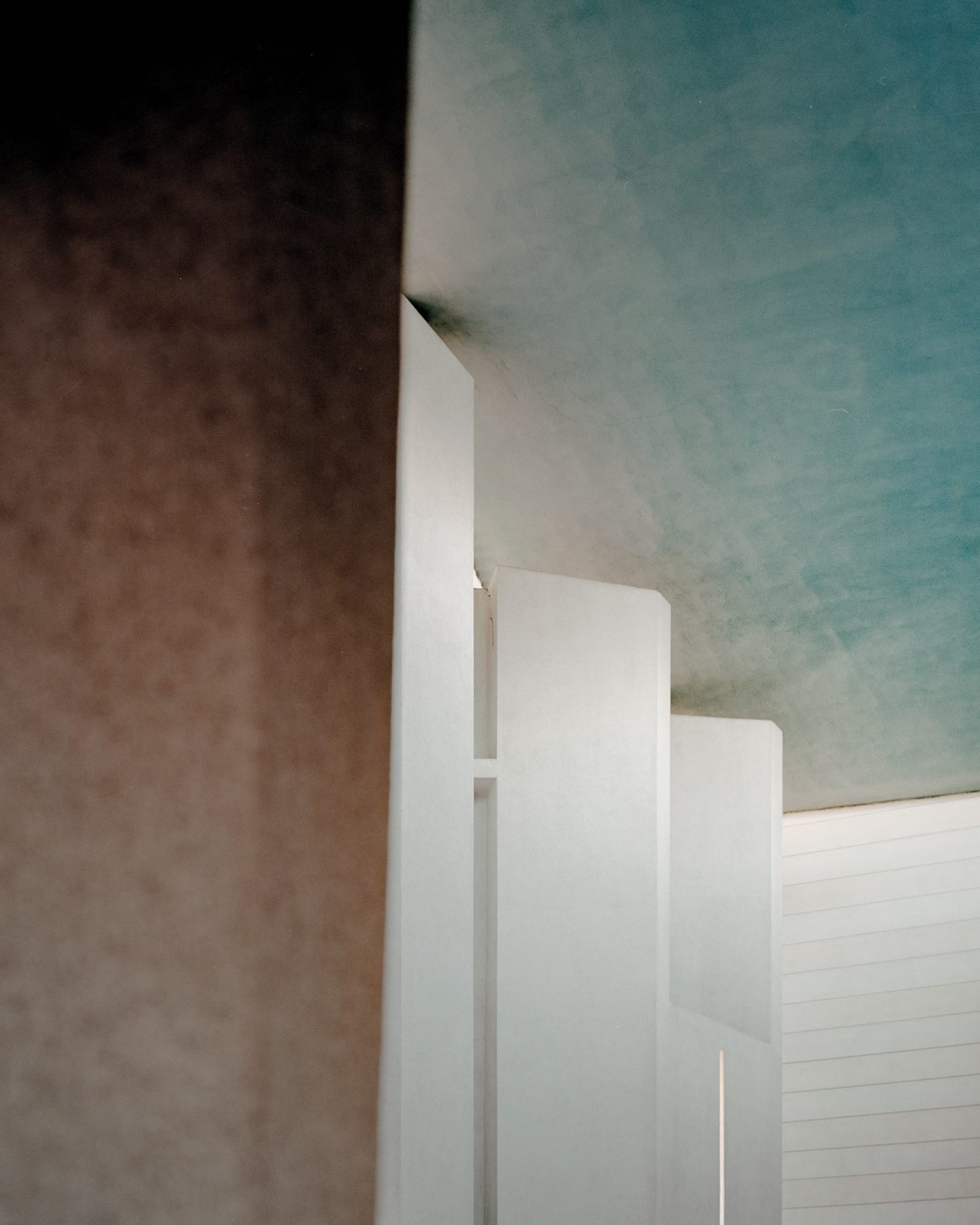
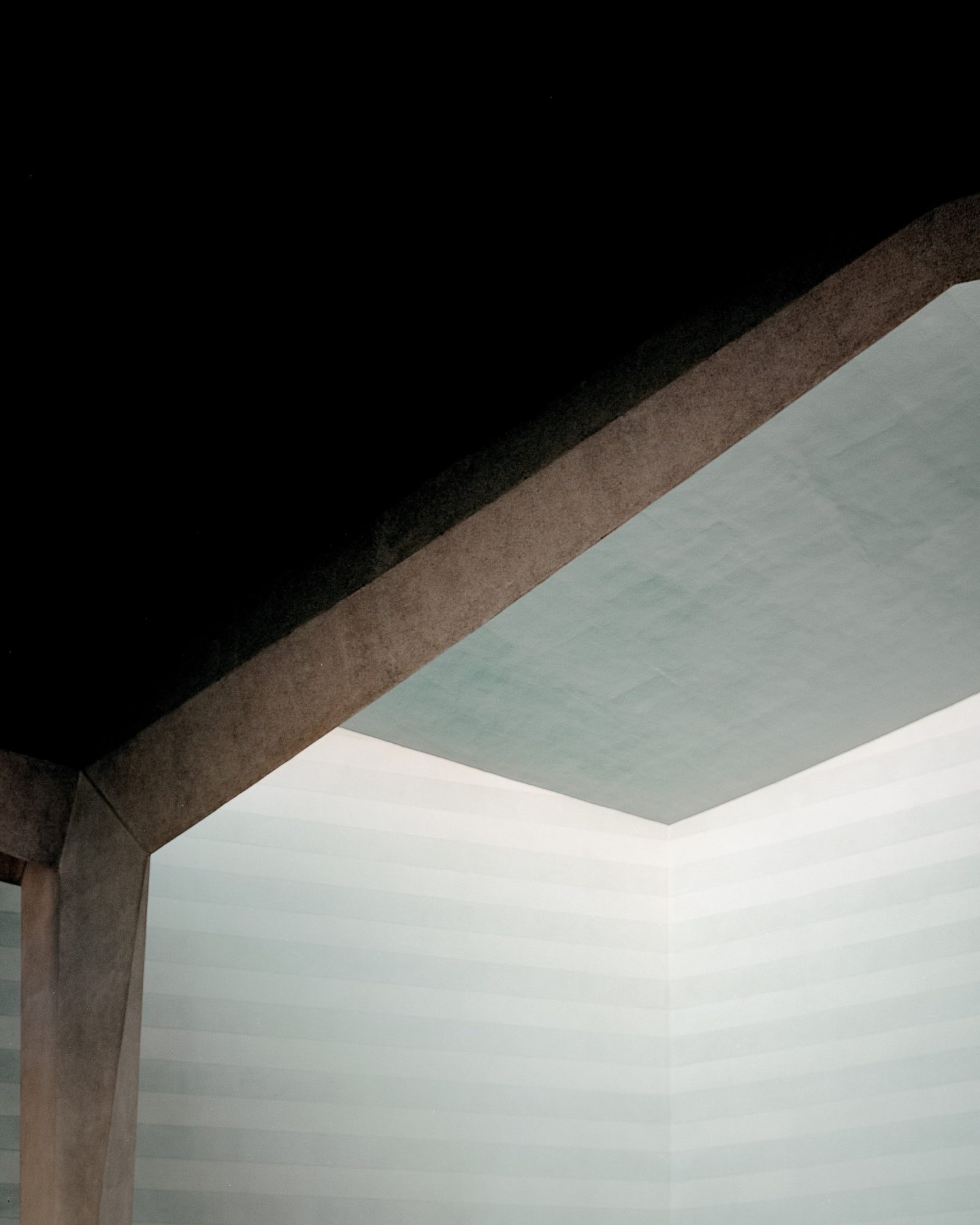
1. Was there a pivotal moment when you decided to focus on architecture photography?
I have always been interested in space and in its pure experience (more than photography itself!). Working through this medium was just a spontaneous transition from my architectural studies.
2. What do you hope people take away from your work?
We see only what we know, and I feel my work is just a little input of a wider and more personal viewer’s experience, something still open enough to leave in the eyes of the other a chance to see what they need to see.
3. What importance do light and color have for your photography?
I am interested in working with emptiness and voids. And when I focus deeply on such untouchable ideas, light and color temperature become the main materiality to work with.
4. Any memorable response you’ve had to your images?
In general, I appreciate it when the debate around my photos shifts to a more sensorial and perceptive level, where visuality is just an equal part of the space experience.
5. Do you still remember the first architectural project you captured?
I started to shoot some projects for the offices I was working for as an architect, and it was a revelation; I immediately felt like I could have the privilege of being immersed in the space.
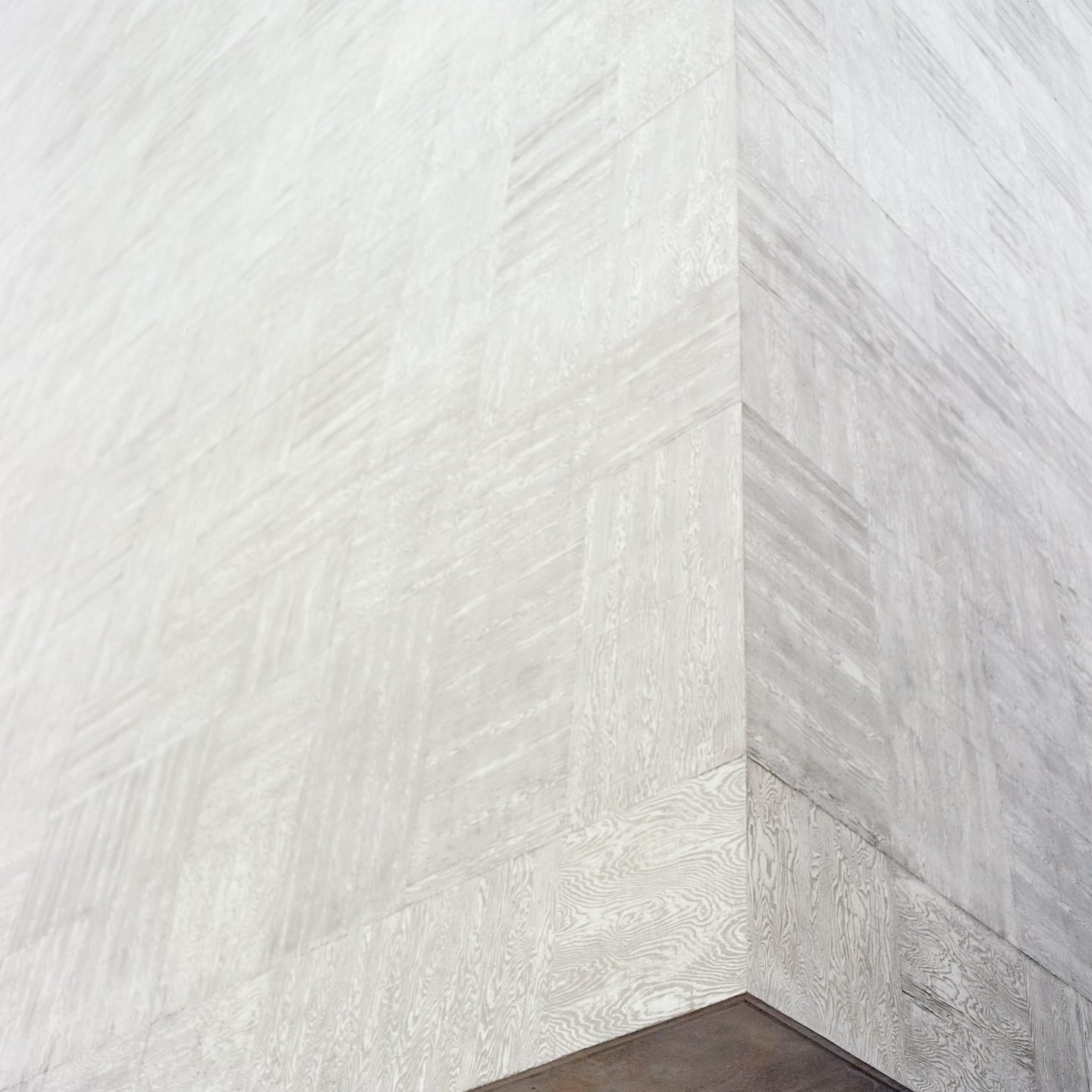
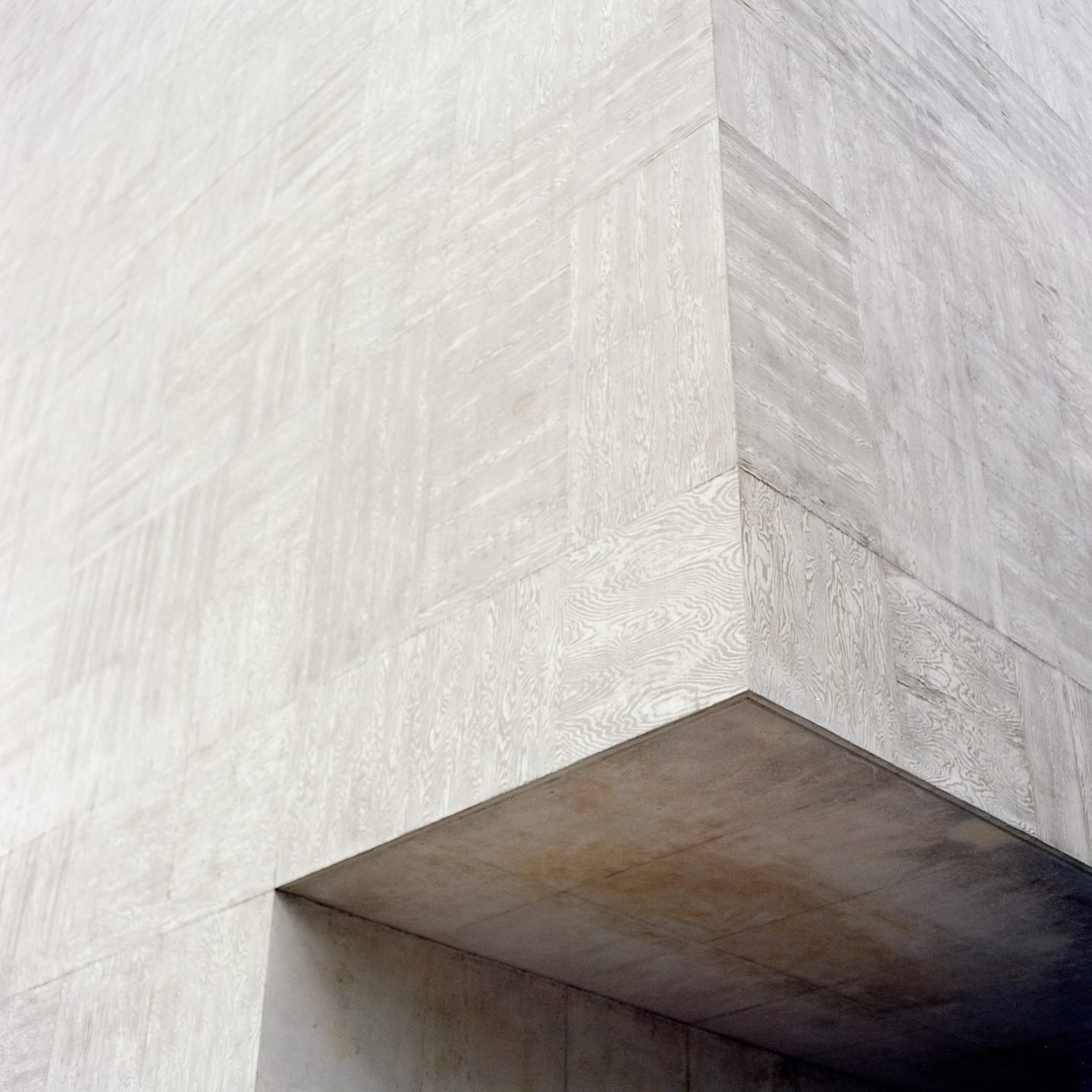
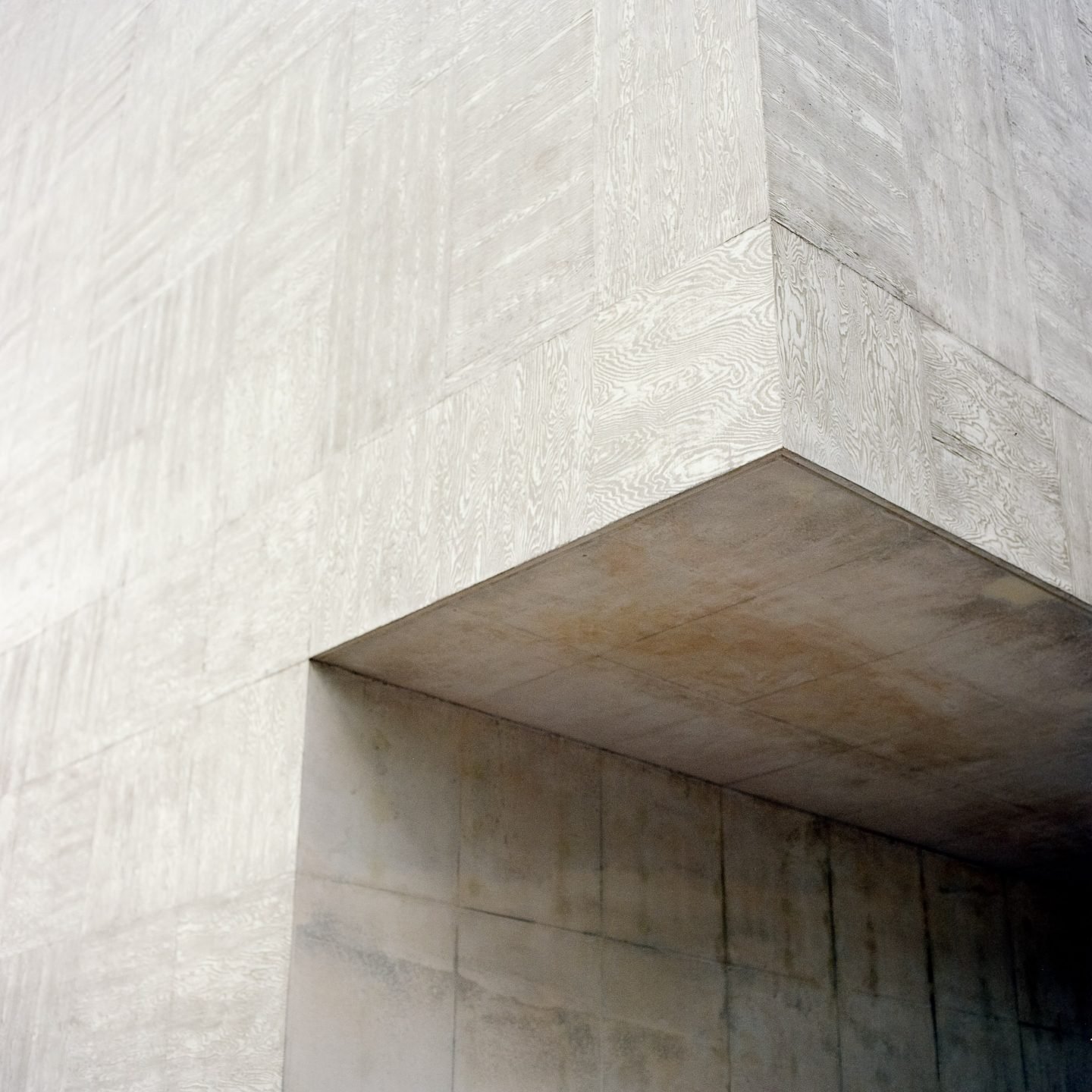
6. Looking back, what was the architecture that impressed you the most?
A few years ago, in the south of Spain, I found myself alone in the ‘Second Wind’ by James Turrell, whose work is an essential reference for me. Here, emptiness was extremely powerful, leading me to a deep introspective process through space and light. Here, emptiness was never empty at all.
7. If it could be anything at all, what would your photography dream project be?
I do not have a specific desire. Sometimes, in a specific moment, I feel I want to clearly project myself in a specific space: it is a reverse process where it is the architecture I would shoot that reveals what my dream is about.
8. Where do you think architecture photography is heading next?
The requested overproduction of popular content for the fast-consuming industry we are experiencing today can be a positive input to invert the trend, inviting photographers to slow down and be more careful and to be critics of their own work. Architecture is (still) a slow process, and photography should reflect it responsibly.
9. Is the cult of personality taking over the photography world?
Photography is able to reflect our subjectivity, bringing even us closer to ourselves sometimes. We can understand more about one’s personality through their photographs
than through any words.
10. What advice would you give to aspiring photographers?
Our background, our culture, our imagination, and our personal events make each of us unique and special—there is something very powerful hidden in this.
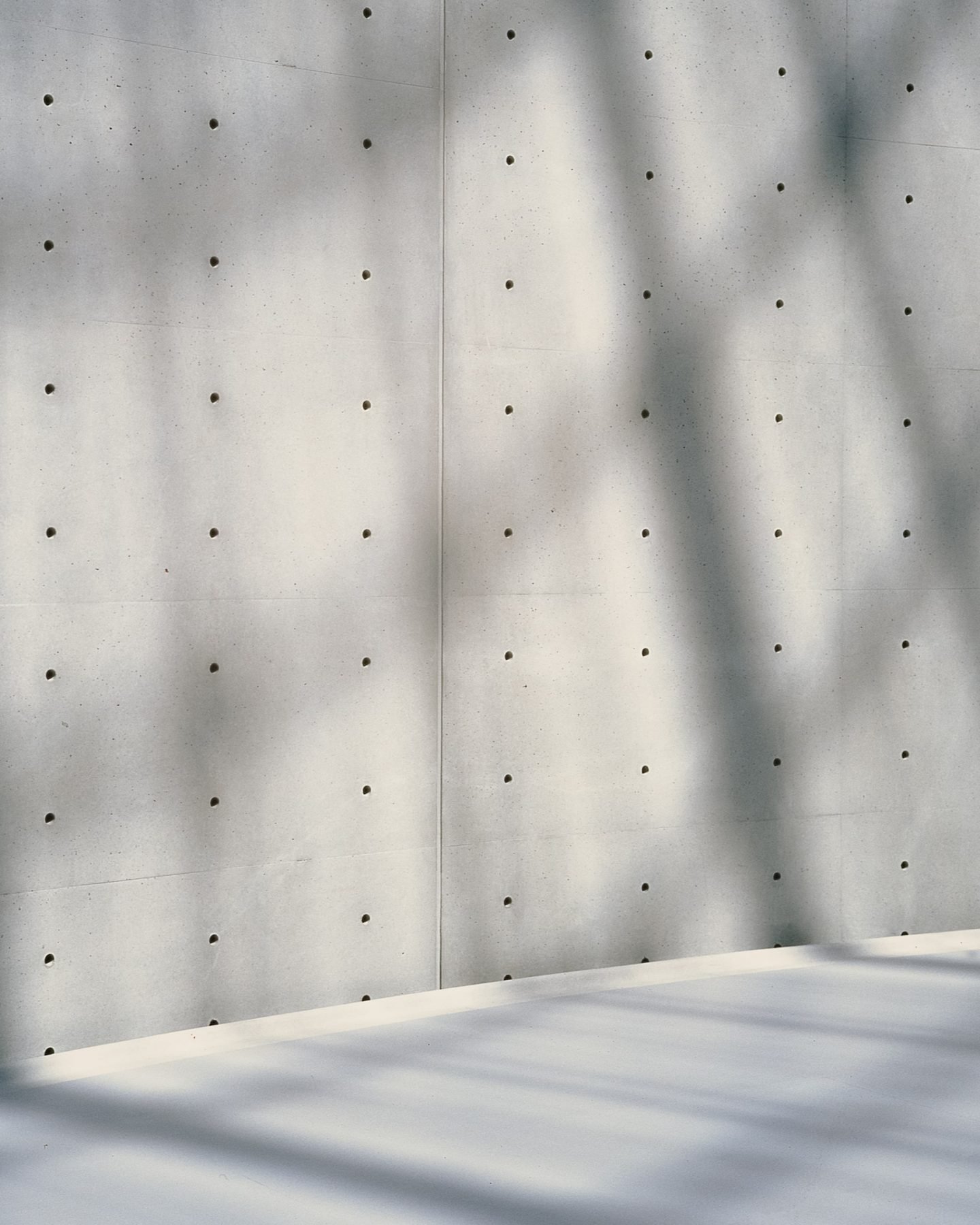
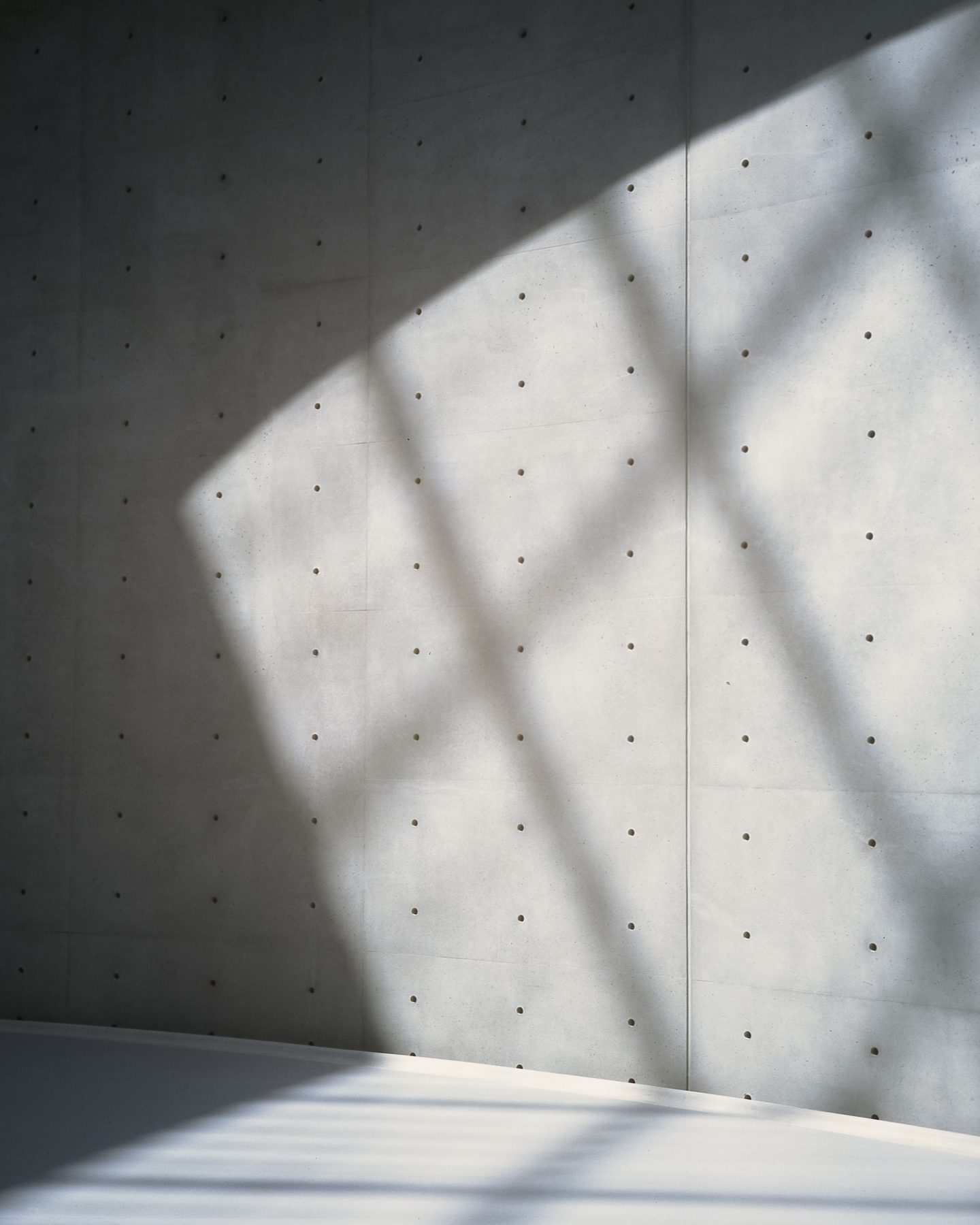
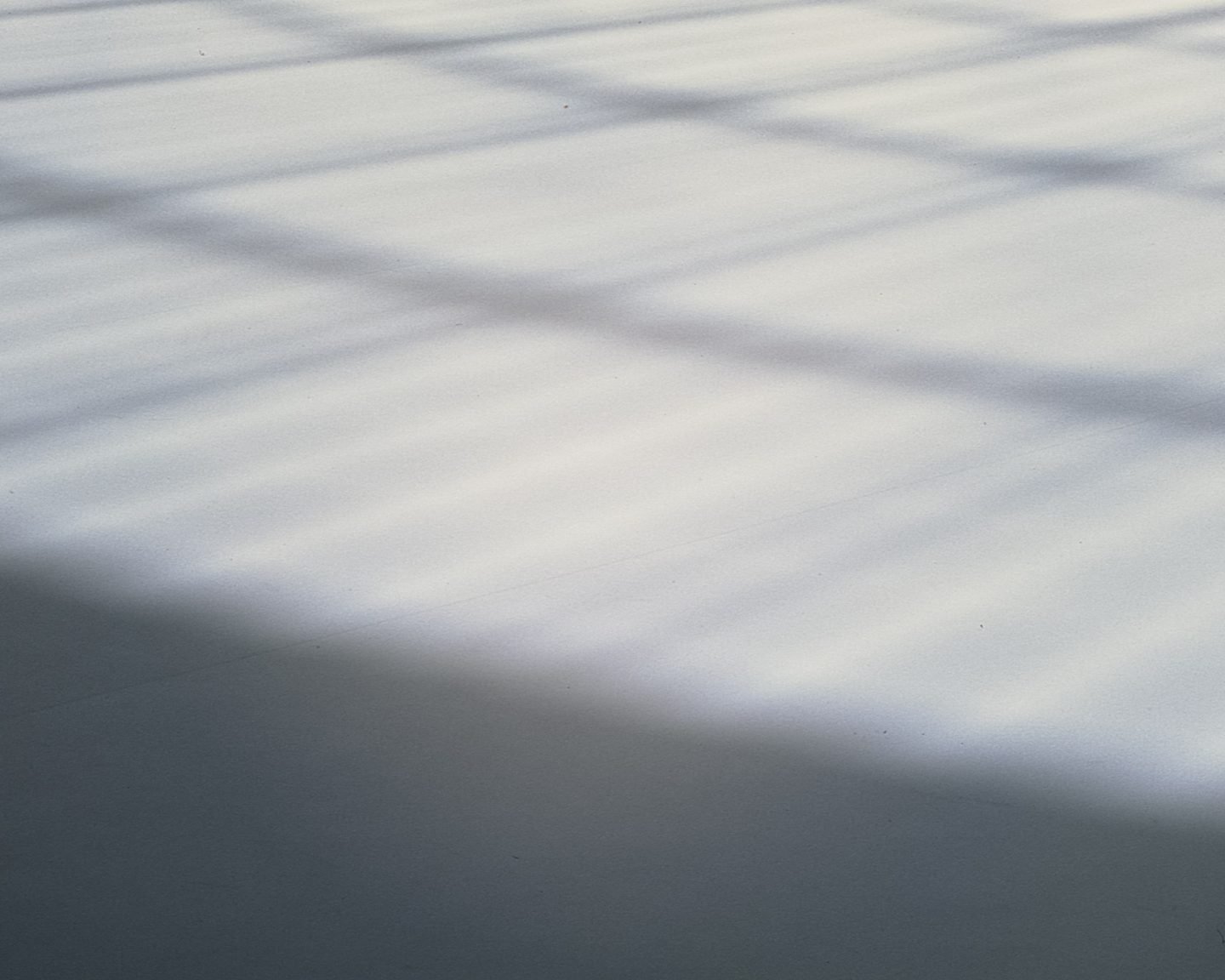
11. Which five words would you use to describe yourself?
I’ve been told my work is both strong and fragile. And I like the idea of being identified through my photographs. Different eyes will see different and even opposite sides of the same person.
12. Who knows you the best?
My partner supports me the most through dialogue and comprehension. Photographs are just a consequence of an intense and constant introspective exploration.
13. Do you consider yourself a perfectionist?
More than perfectionism, I’d like to talk about finding a good balance or the right distance between me and my subjects—not too close, not too far. Most of the time, this process passes through imperfections, unexpected events, and good mistakes.
14. What’s your favorite city and why?
I’ve always been intrigued more by a particular condition than a specific city itself. I am thinking about the sense of endless discovery or the contrasting experience between
chaos and calmness I can have in a narrow path of Venezia or in a silent patio of a Moorish
city.
15. What are some essentials you always carry with you, besides phone, keys, and wallet?
A sense of return.
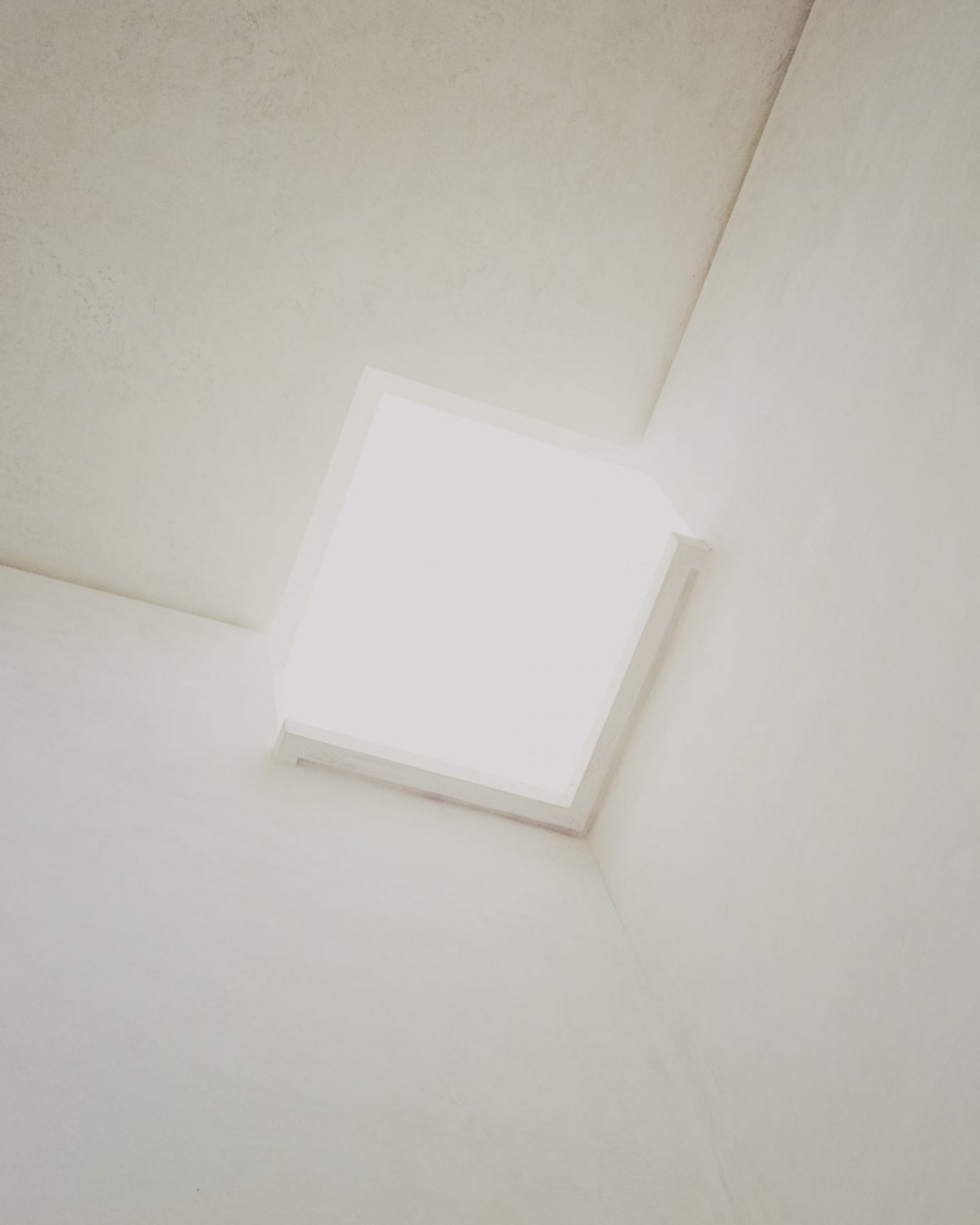
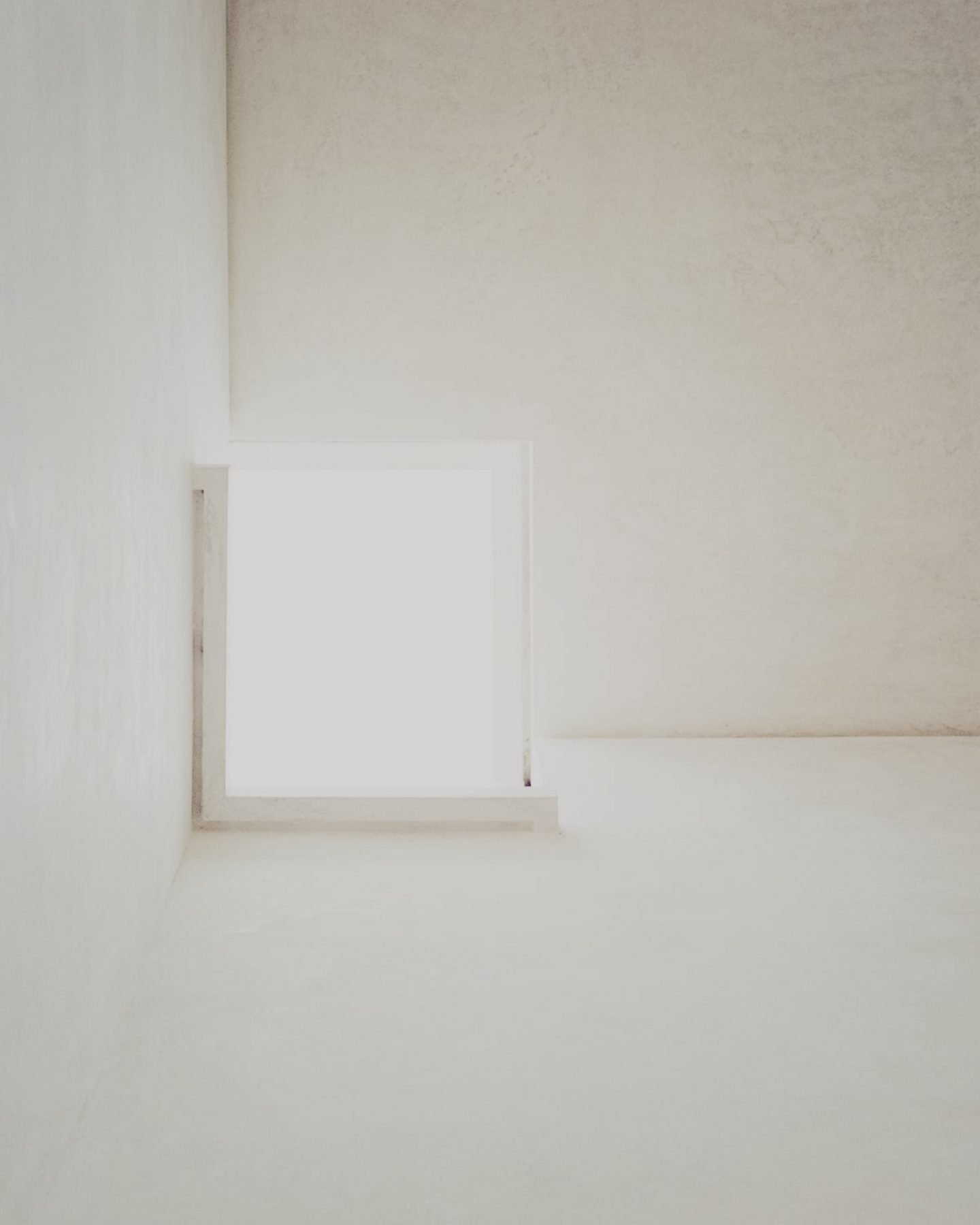
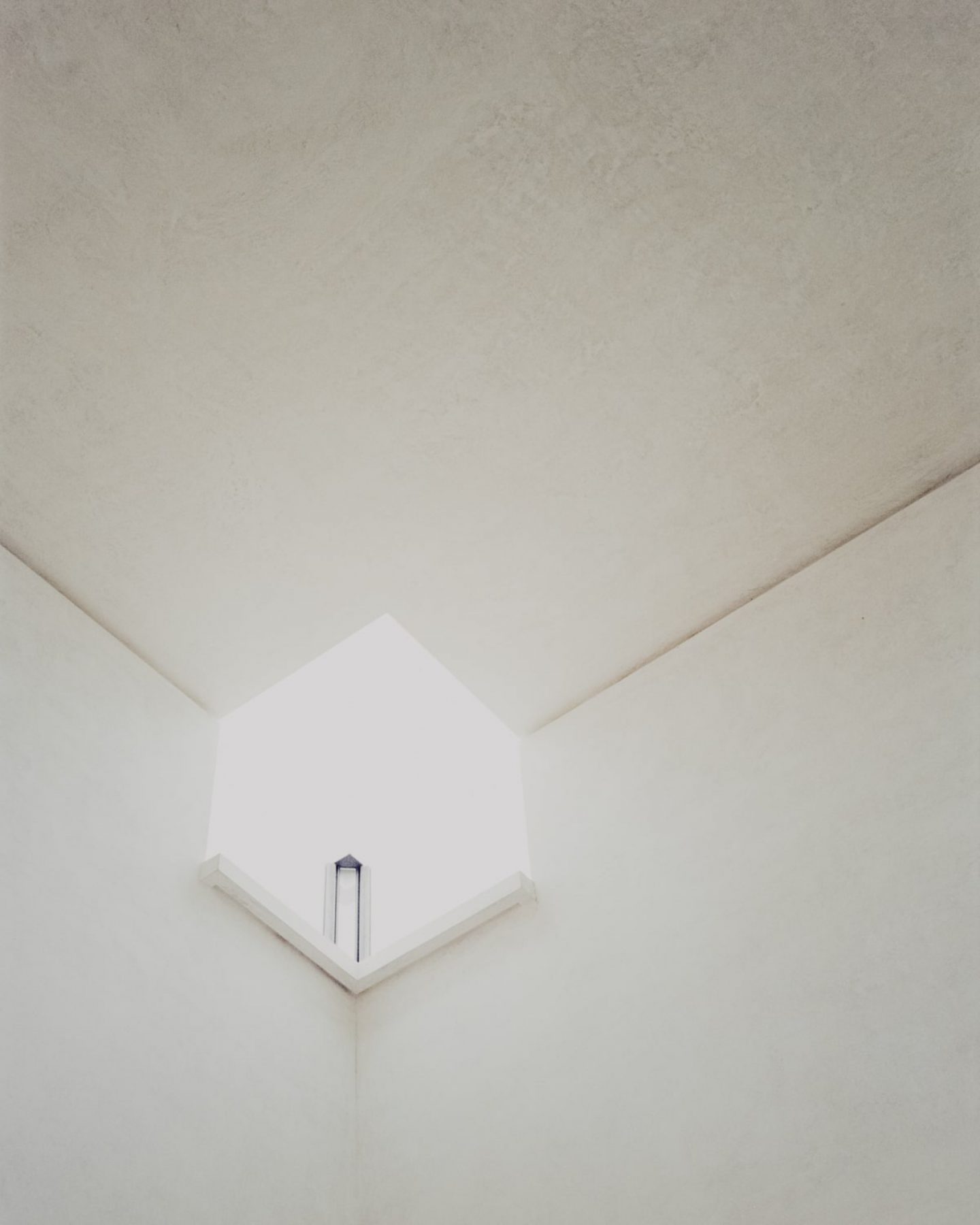
16. How do you spend your time outside of work?
I’m a routine seeker, wherever I am. I am constantly looking for a little routine of simple moments and life repetitions, as a way to feel the rhythm of the place where I am in.
17. Do you collect something? What and why?
Traveling around most of my time means I am constantly asked to filter an important quantity of various types of images, not specifically taken with a camera. People, places, moments, and conversations represent the biggest collection of records I have to deal with.
18. If you could invite anyone to dinner, who would it be and why?
I guess I would enjoy talking about light with Robert Irwin.
19. What is the key to success? Unhesitantly taking risks or sticking to what you do best?
I’m still working on a very personal and open idea of mine. Sometimes the hardest thing to
do is nothing.
20. What’s next for Simone Bossi?
At the moment I’m flying to Asia again, for the first time after the pandemic crisis.
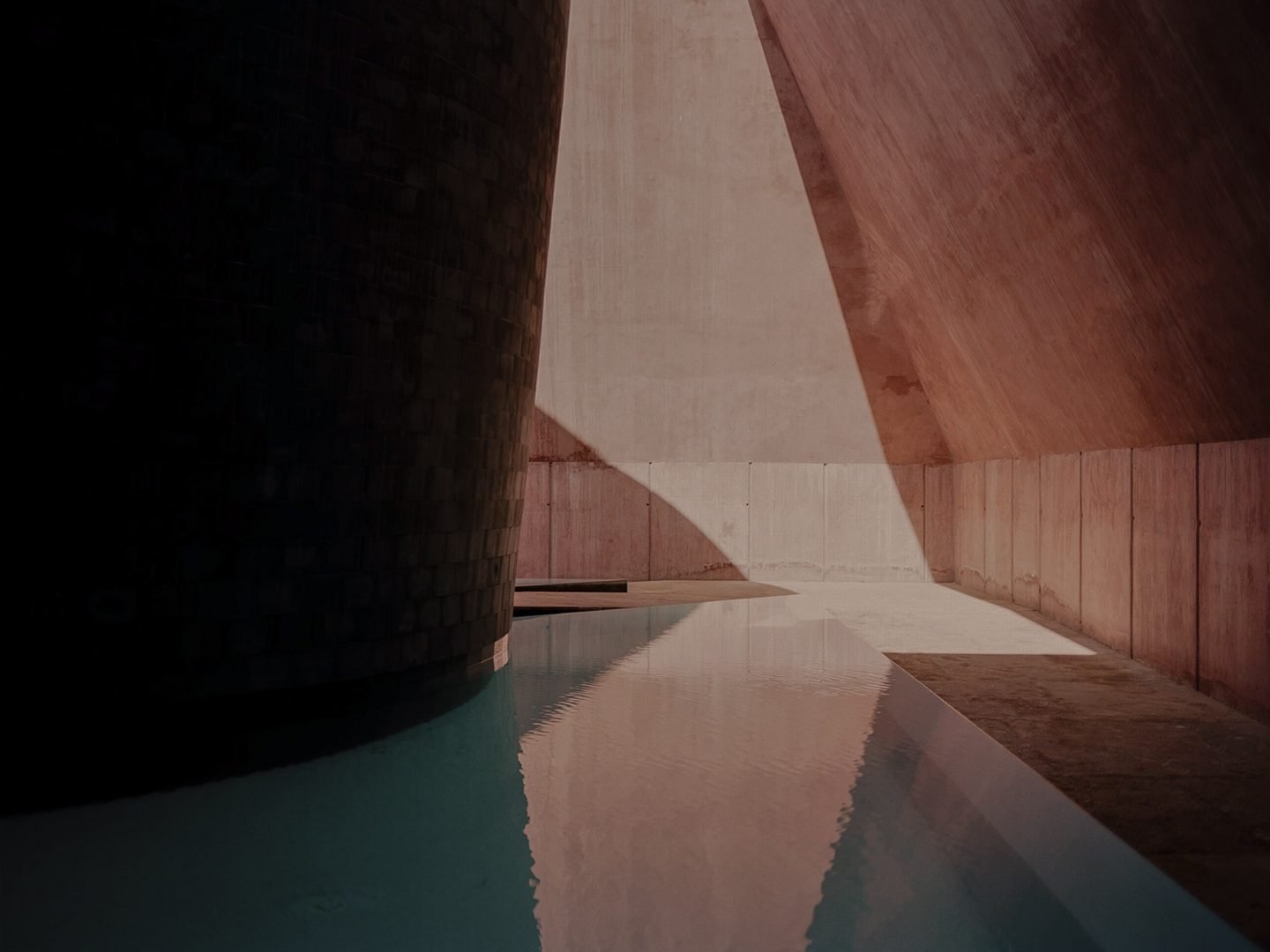
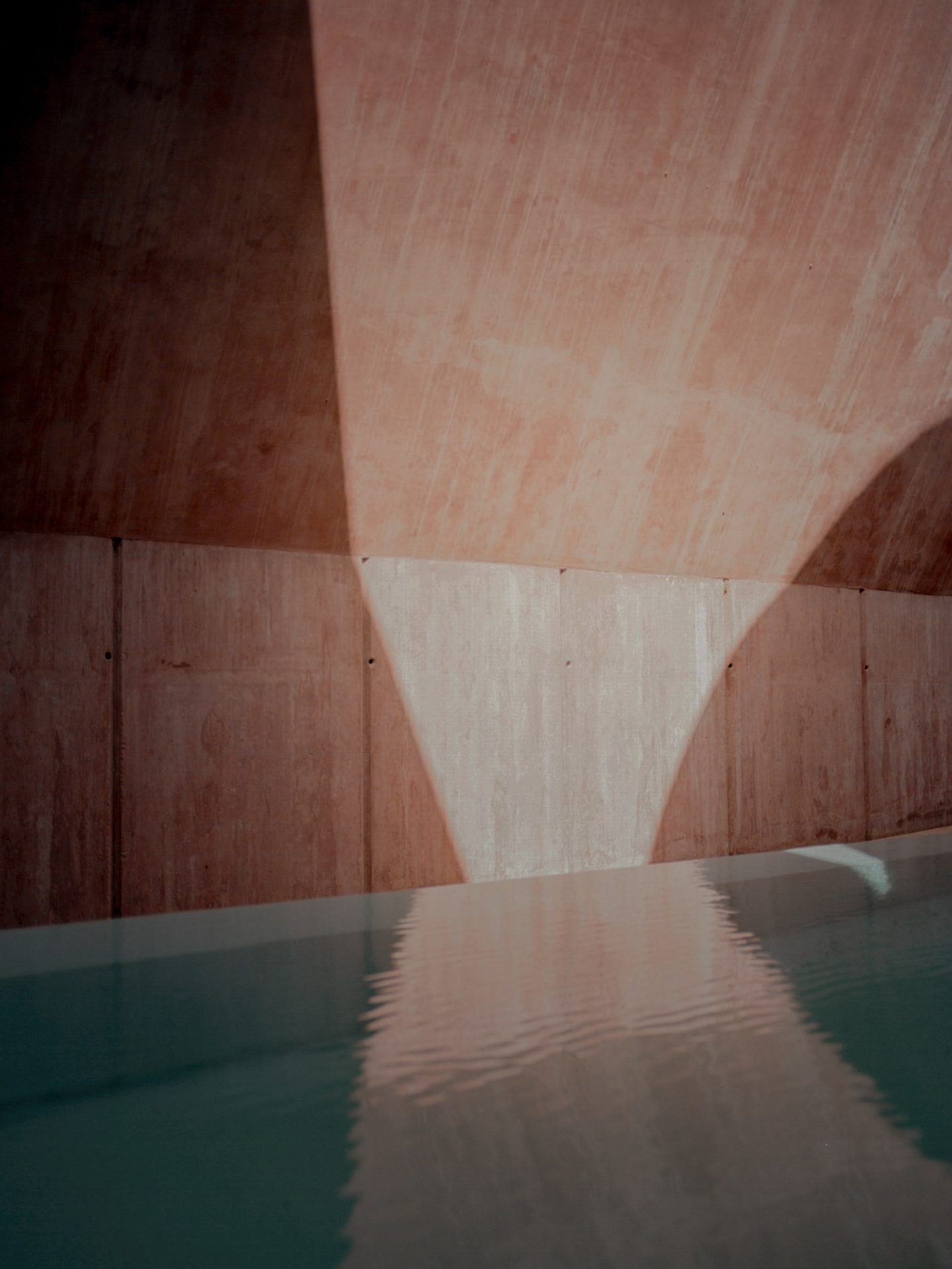
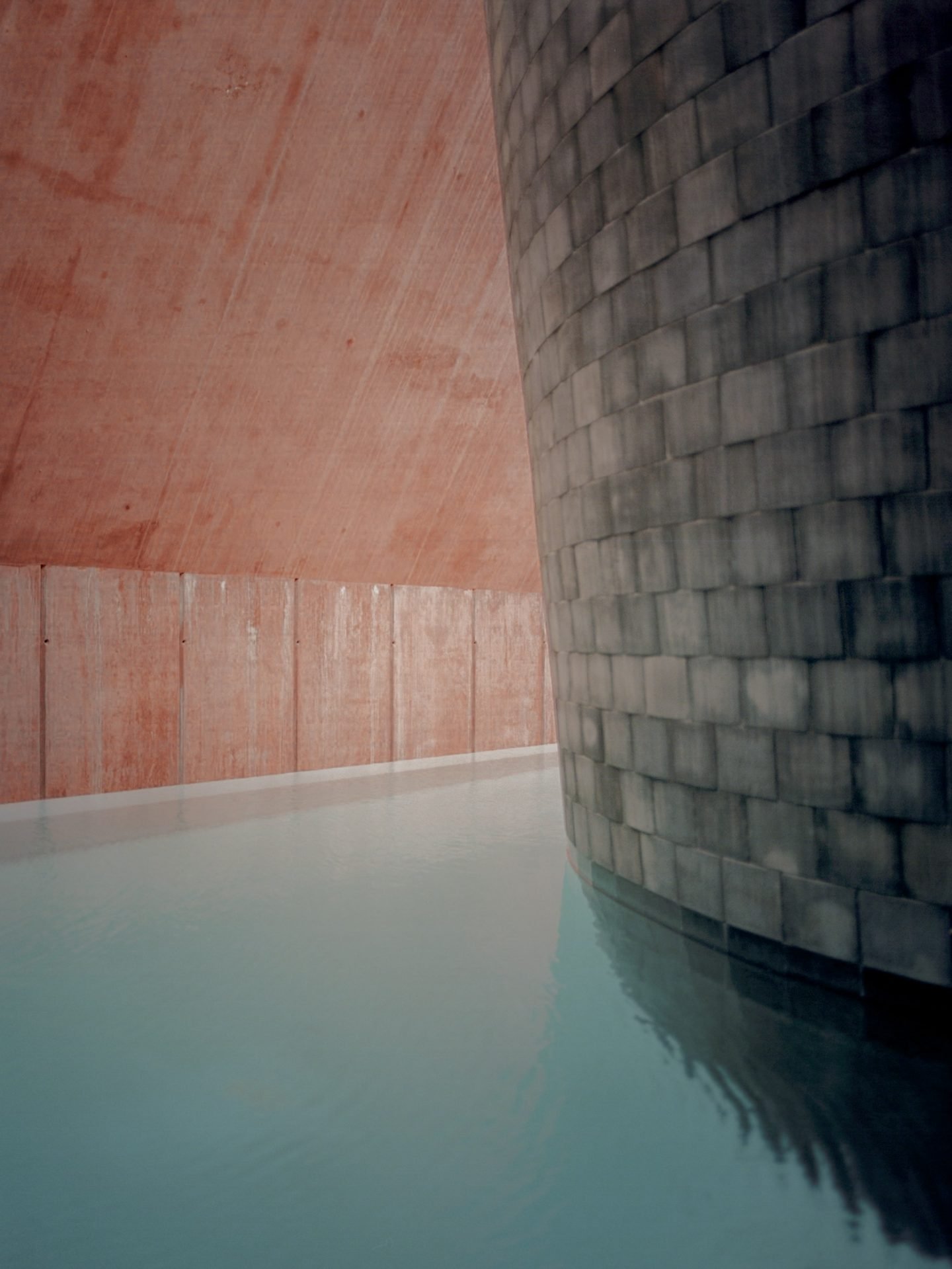
Images © Simone Bossi
